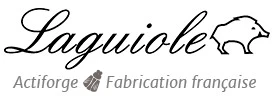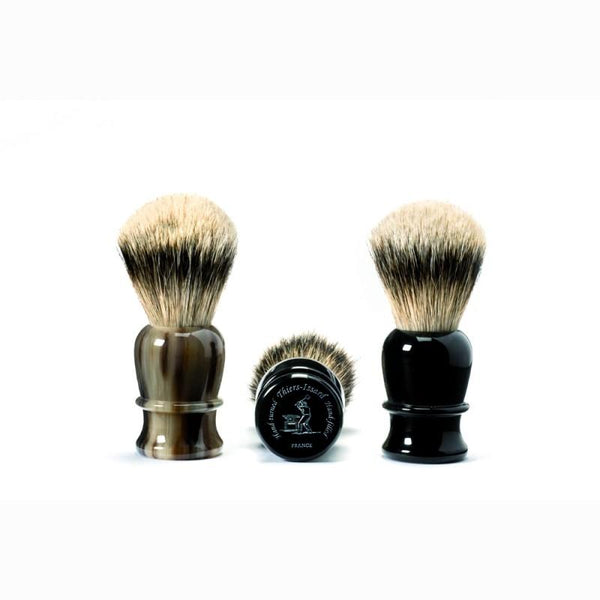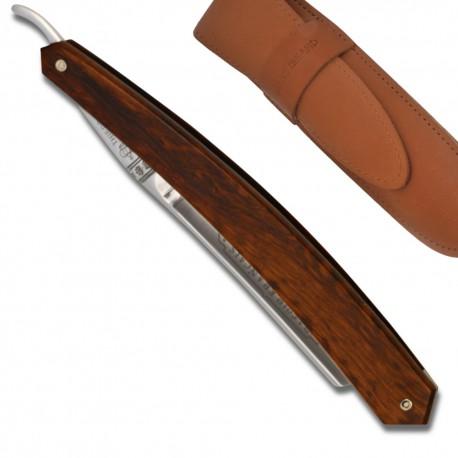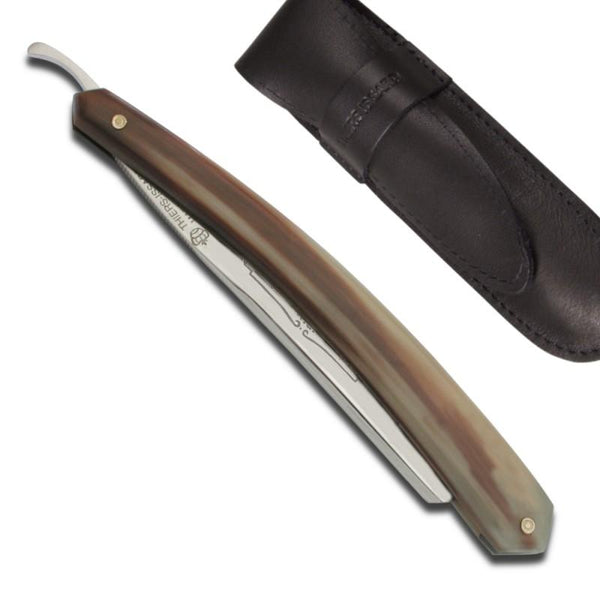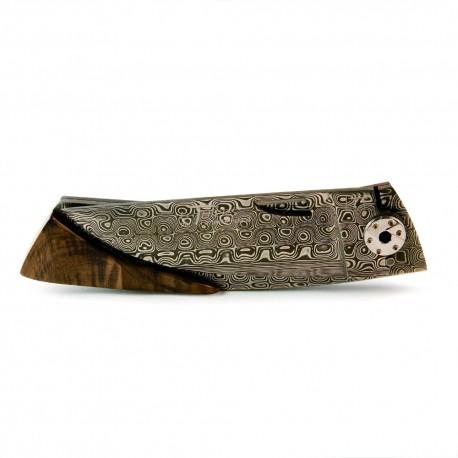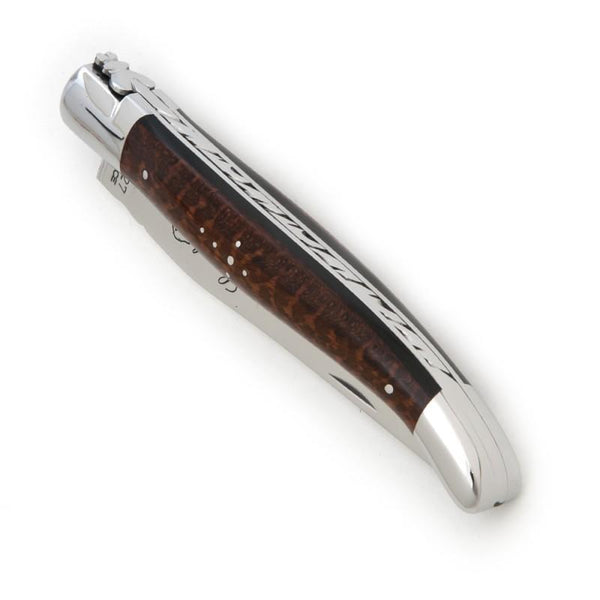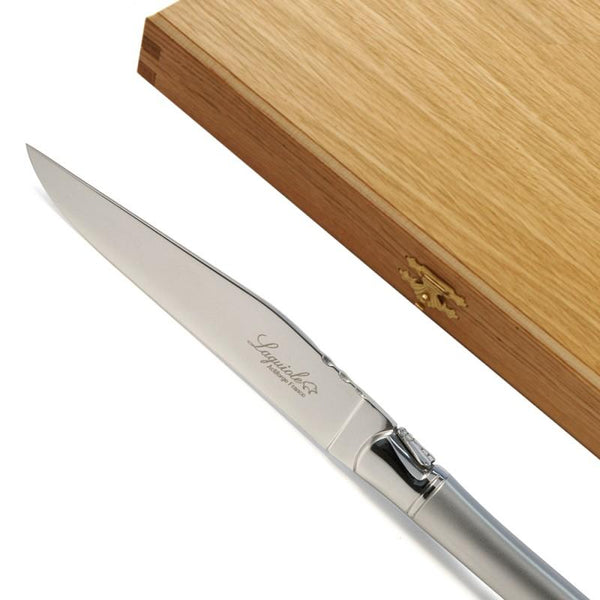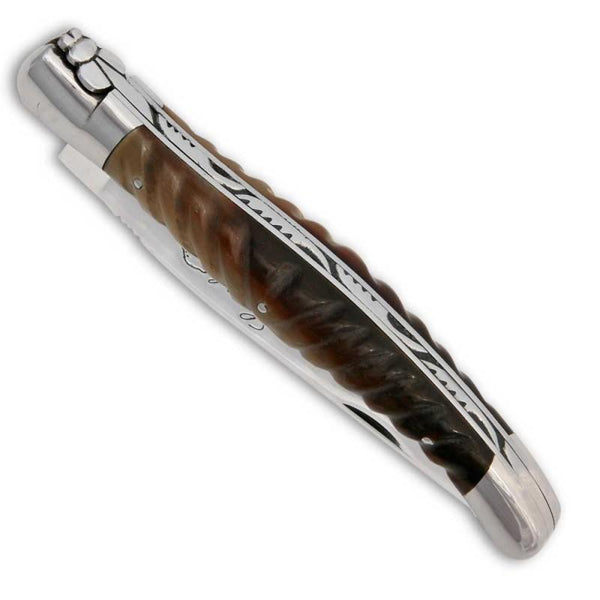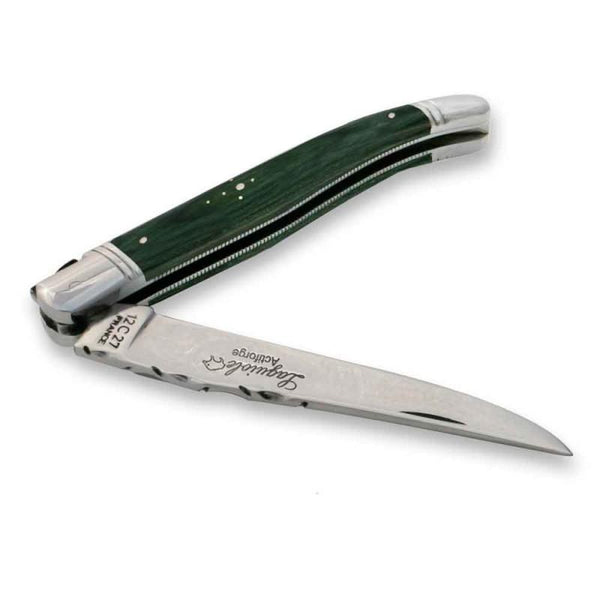Handmade authentic French knives, flatware, cutlery and razors.
Cutlery appeared in Laguiole in late XVIIIth century. It became famous from 1860.
The Laguiole knife is originally a high-quality traditional Occtian pocket knife, originally produced in the "knife-city" of Theirs where 70% of the French cutting tool production comes from, and in the small village of Laguiole, both located in the Masstif Central region of France. Over centuries, people of Lagiuole and Theirs have mastered the art of knife making, distinguishing their knives, which are 100% made in France, by using only the best material available.
From Damask...
Handmade authentic French knives, flatware, cutlery and razors.
Cutlery appeared in Laguiole in late XVIIIth century. It became famous from 1860.
The Laguiole knife is originally a high-quality traditional Occtian pocket knife, originally produced in the "knife-city" of Theirs where 70% of the French cutting tool production comes from, and in the small village of Laguiole, both located in the Masstif Central region of France. Over centuries, people of Lagiuole and Theirs have mastered the art of knife making, distinguishing their knives, which are 100% made in France, by using only the best material available.
From Damask steel for the blades for knives to precious wood like desert iron wood and mammoth tooth fossils and shell for handles. These mammoth tusks are preserved in the permafrost of extremely cold regions such as Alaska or Siberia. The heart of the tusk remains ivory colored, while its surface becomes charged with minerals, giving it a myriad of colors: golden-green to lagoon-blue for ivory preserved in ice, caramel-brown sometimes with superficial fissures and cracks for ivory imprisoned in the frozen bogs of Siberia, through a palette of nuances from beige to brown, red or black.
 Made by the best and most experienced craftsmen in France
Made by the best and most experienced craftsmen in France
